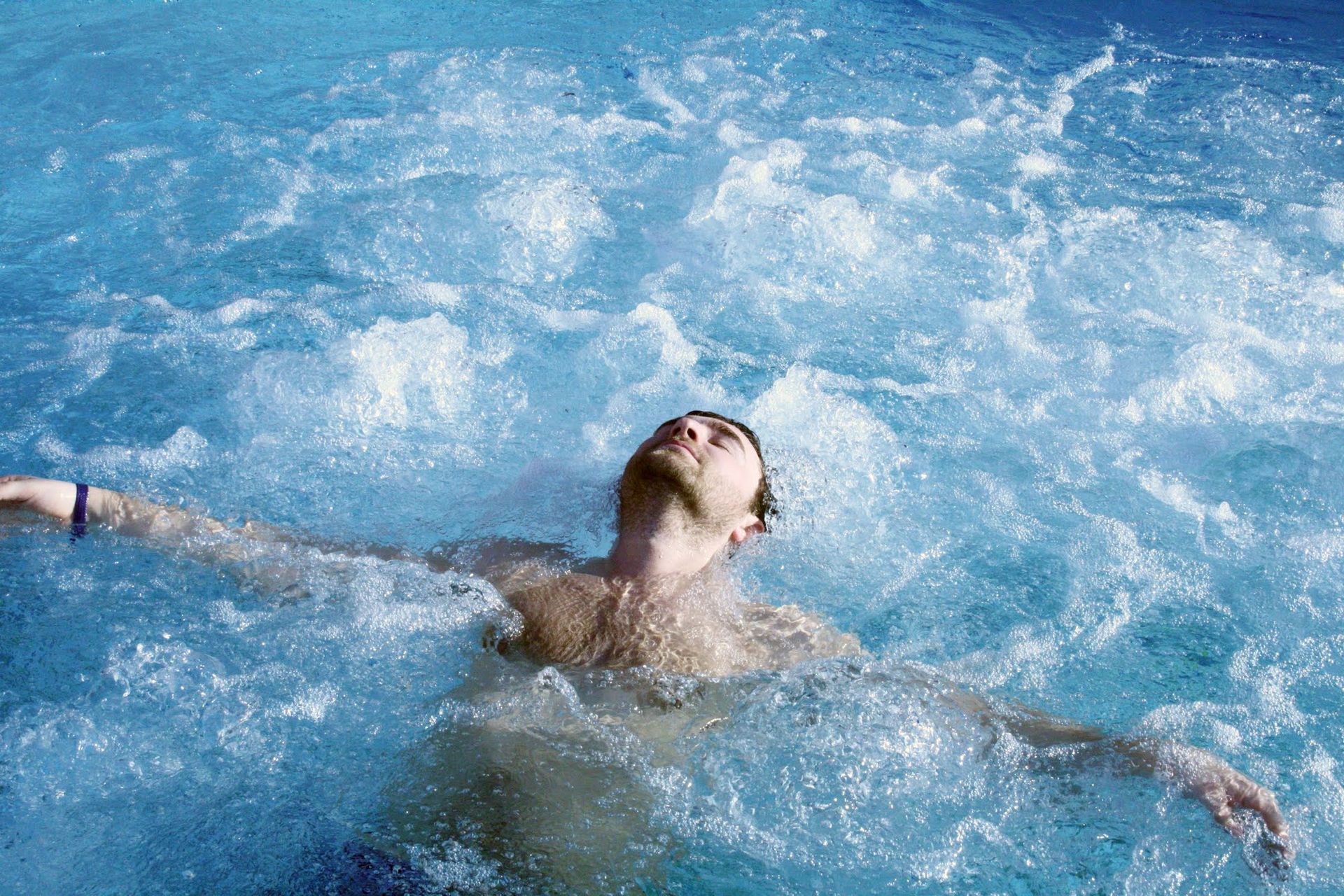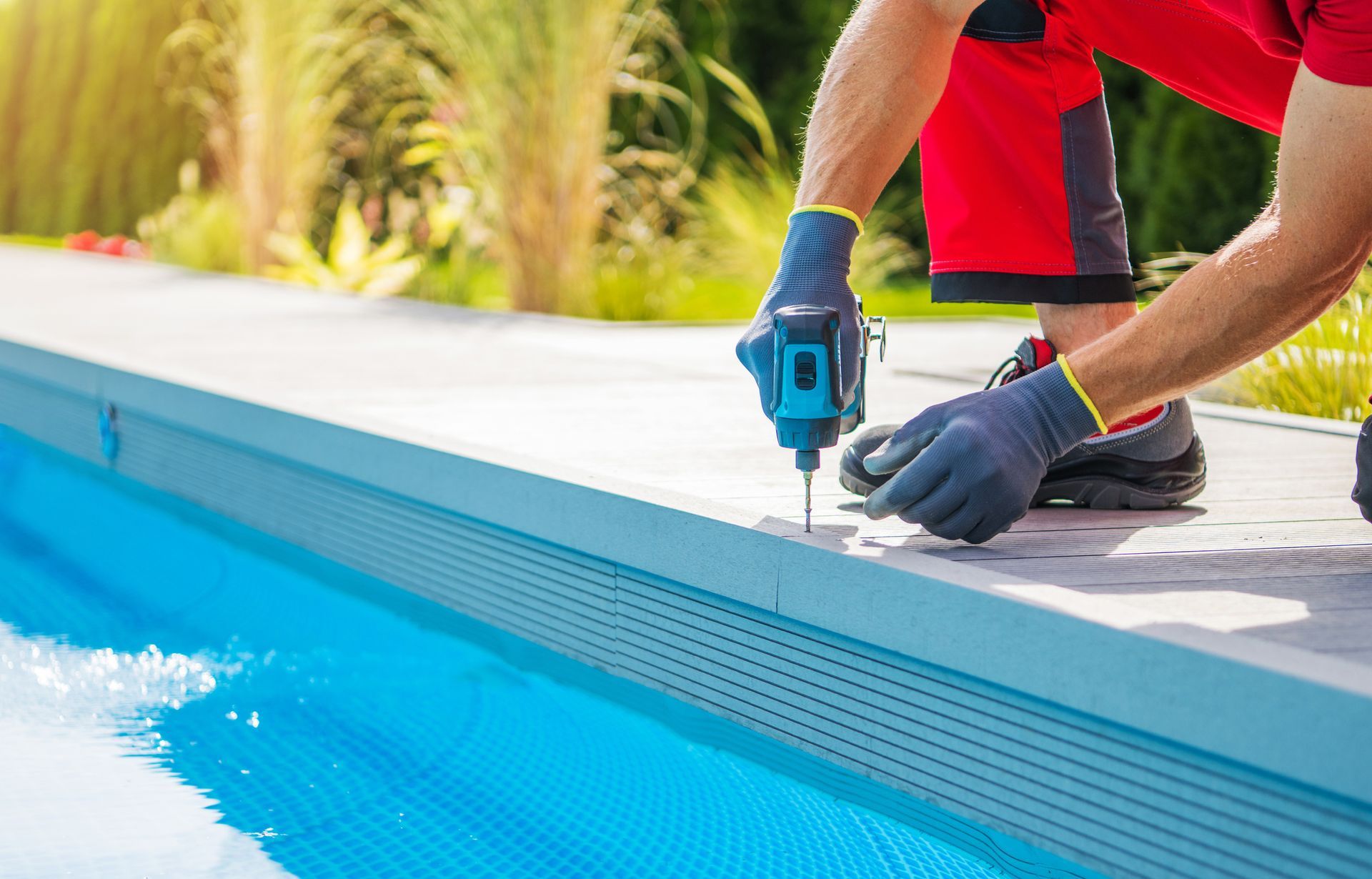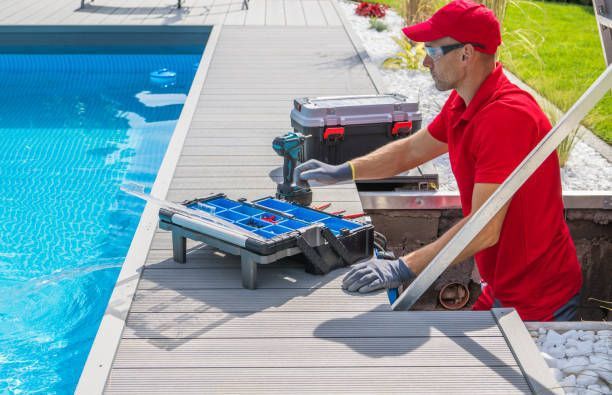Hot Tub Mysteries: 3 Things a Thorough Water Analysis Can Detect

The mysteries of hot tub water run deeper than one might expect. Beneath the steamy surface and soothing jets, a complex world of chemistry and biology exists, playing an integral role in your hot-tubbing experience.
Thankfully, a thorough water analysis can unveil a plethora of secrets about your hot tub's health and safety. This will help you understand how to better maintain your hot tub and ensure a safe, enjoyable experience for everyone.
Read on to unravel the hidden mysteries a professional water analysis can detect and how to ensure an optimal and safe soaking experience.
1. pH Balance
pH refers to the measure of acidity in your water. A balanced pH helps ensure a safe swimming experience, so keeping an eye on the levels is important.
The pH level of hot tub water should be between 7.2 and 7.8. If it goes beyond these limits, it can cause things like skin and eye irritation. If the pH level is too low, it can cause the water to become too acidic, which can lead to corrosion of the metal parts in the hot tub.
If the pH level is too high, the water can become cloudy and unsafe for use. The effects aren't always immediately noticeable, which makes maintaining pH balance very tricky.
A water analysis can detect any discrepancies in the pH balance, enabling you to adjust it as needed. A professional analysis begins with a quick test right at the hot tub to measure the pH level and then a more accurate assessment with the full examination of a water sample.
The on-site test results are a benchmark for the entire analysis and provide a basis for comparison. A qualified lab technician will then use the sample to accurately measure the pH balance using special chemistry equipment. They will then recommend adjustments to help bring the balance back to a safe level.
2. Sanitizer Levels
Sanitizers such as chlorine or bromine are essential for killing bacteria and other harmful microorganisms in the water. These substances disrupt the cell structures of these organisms and neutralize their harmful effects. An appropriate amount of sanitizer ensures that your hot tub water remains clean and safe for use, even after multiple soaks.
However, maintaining the right sanitizer levels is a delicate balancing act. Too little sanitizer, and the hot tub becomes a breeding ground for bacteria. Too much of it and the water will cause skin and eye irritation or even respiratory problems. Unbalanced reagents can also interact with the pH level, making it even more difficult to keep them at an optimal level.
A professional water analysis can accurately measure the current sanitizer level in your hot tub to ensure it stays within the optimal range. This helps to avoid any potential risks that come with a sanitizer imbalance.
Based on the results, you may need to add more sanitizer or dilute the water to lower the concentration. These fixes are much easier when you know the exact reagent levels.
3. Water Hardness
Water hardness refers to the quantity of dissolved calcium and magnesium in your hot tub water. While these minerals may not severely harm your health, excessively hard water can be detrimental to your hot tub's functionality and aesthetic appeal.
When water is too hard, it can form scale deposits on your hot tub's surface and within its pipes. The deposits can also clog the filters and affect the heating system's efficiency. This not only mars the appearance of your hot tub but can also cause damage to these components over time.
You should always use a water analysis first to know exactly how hard your water is before taking corrective measures. Contact Anchor Pools & Spas for a more thorough and reliable assessment of your hot tub water. We'll make sure you get a more accurate reading of the water hardness, sanitizer, and pH levels.















